Table of Contents (click to expand)
Magnetic tapes use ferromagnetism and electromagnetic induction to read, write and play back audio.
When one has to create video content or music, camcorders and smartphones immediately come to mind. What doesn’t come to mind is using magnetism to create and share that valuable data! However, not long ago, magnetic tapes were the dominant medium for creating and storing audio-visual data, and have actually been around for over a century!
Before your conjure up a stereotypical image of magnetic tapes in vintage devices like cassettes, you might be surprised to learn that magnetic tapes are still a convenient and durable medium for long-term storage, and keep improving every passing year!
Before we get into all that, let’s rewind the tape to the 1900s.
A Revolution In Audio Recording And Storage
In 1900, magnetic recording on wire was introduced by Valdemaar Poulsen, a Danish engineer, for exhibition at the World Fair in Paris. In 1928, magnetic tape was introduced in Germany to record and store audio.
Soon enough, engineers all over the world picked up on the invention and improved upon the designs with each successive iteration.
The basic principle behind the working mechanism remains the same for all magnetic tapes, irrespective of the year of manufacture. As materials science has advanced, tapes with suitable physical and chemical properties such as thin width, high flexibility, high data density, and resistance to humidity, were developed in the latter half of the twentieth century.
Even as they improved, the principle of operation remains the same to this day. Their construction and operation is discussed below.
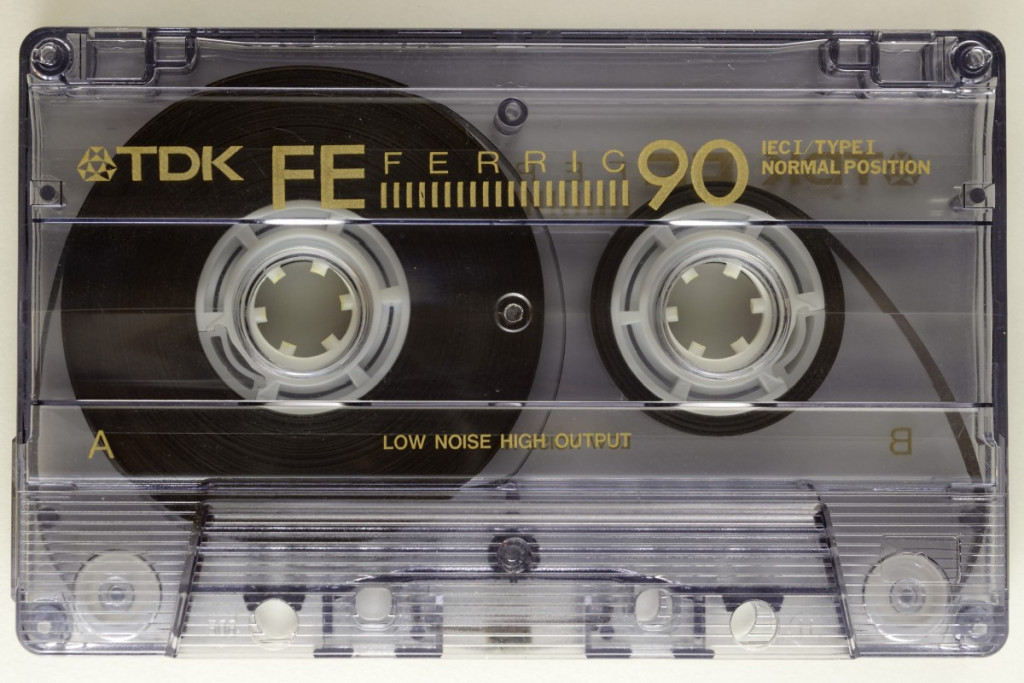
Also Read: Does The Digital Data On Your Hard Disk Have Mass?
Construction Of Magnetic Tapes
Magnetic tape consists of the following parts:
1) Tape
The tape consists of three layers: a top coat, a substrate in the middle, and a bottom coat.
- The top coat consists of a magnetic pigment held together by a binder to form an emulsion. The magnetic pigment consists of a ferromagnetic substance like ferrous oxide, chromium dioxide or pure iron. The pigment provides small magnetic domains that can be manipulated to create and store signals. The binder is a thermoplastic polymer like cellulose acetate or polyurethane, which has the magnetic pigment pigments embedded in it. The top coat is quite thin and ranges from 2um-13um in cross-sectional length.
- The substrate consists of a thermoplastic polymer, such as polyethylene terephthalate or polyvinyl chloride, which provide structure to the tape. This layer is the thickest and ranges from 6um-30um in cross-section width.
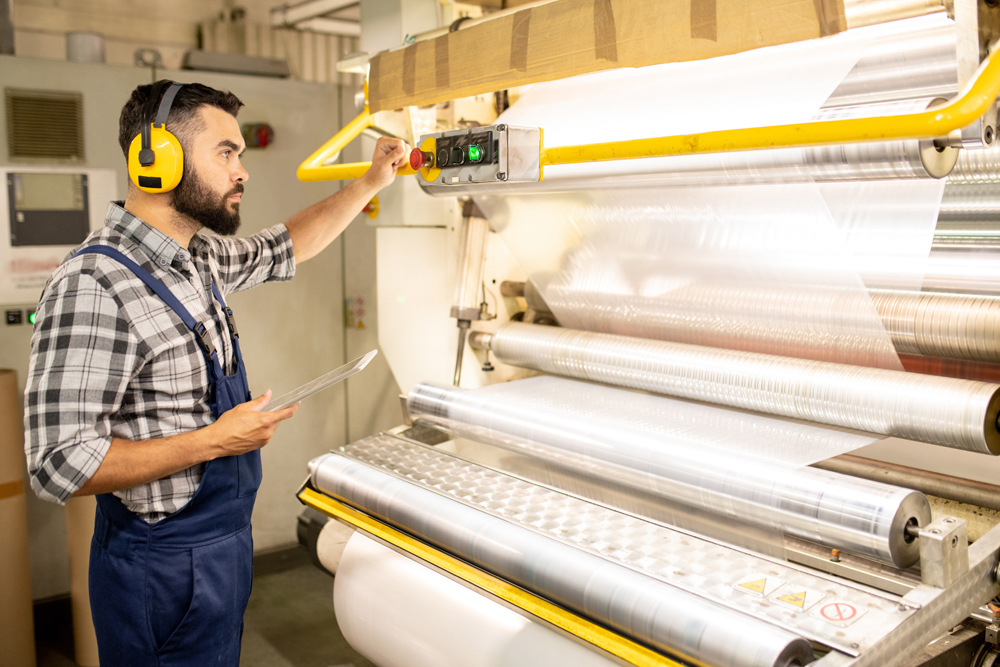
- The bottom coat is optional. If it is present, black matting is used to prevent the build-up of electrostatic charges due to constant relative motion between the tape and tape-head. This layer is the thinnest of all and is not more than 7um in cross-section.
2) Tape-Head
The tape-head consists of three sub-heads: A read head, a write head, and an erase head, arranged linearly. All three heads are composed of a ferromagnetic ring with a slit at the bottom where the head meets the tape below (doesn’t make physical contact). Coils of wire are wound around all three heads.
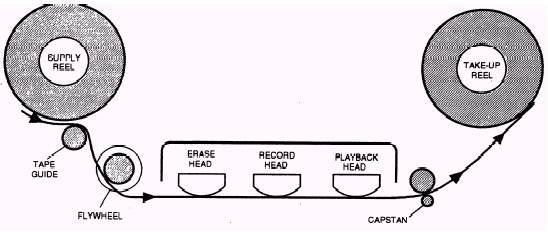
3) Tape-Guide
A pair of tape-guides is present on both sides of the tape head and touch the tape, providing mechanical tension to the tape. The guides rotate in sync at identical angular velocities. One guide feeds the tape to the tape-head, while the other guide retrieves the tape from the tape-head. The rotation is synchronized to allow the required manipulation of the magnetic pigment.
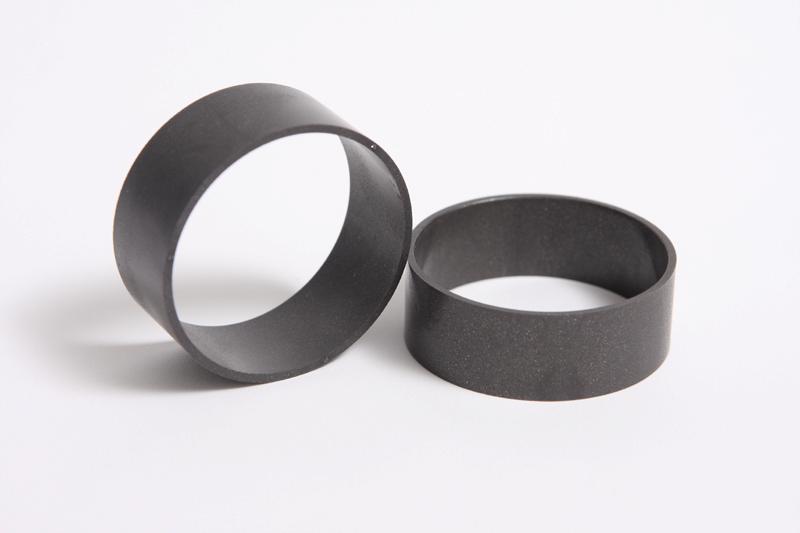
Working Of Magnetic Tapes
A few concepts of electromagnetism and solid state physics must be introduced as a pre-requisite to understand the working of magnetic tapes.
1) Principle Of Operation
- Faraday’s First Law of Electromagnetic Induction: A change in magnetic flux passing through a coil induces a voltage in the coil. In layman’s terms, if a coil of wire is placed inside a magnetic field (the field of a bar magnet, for example), then a change in the strength of a magnetic field passing through the coil induces a voltage (and hence a current) in the coil.
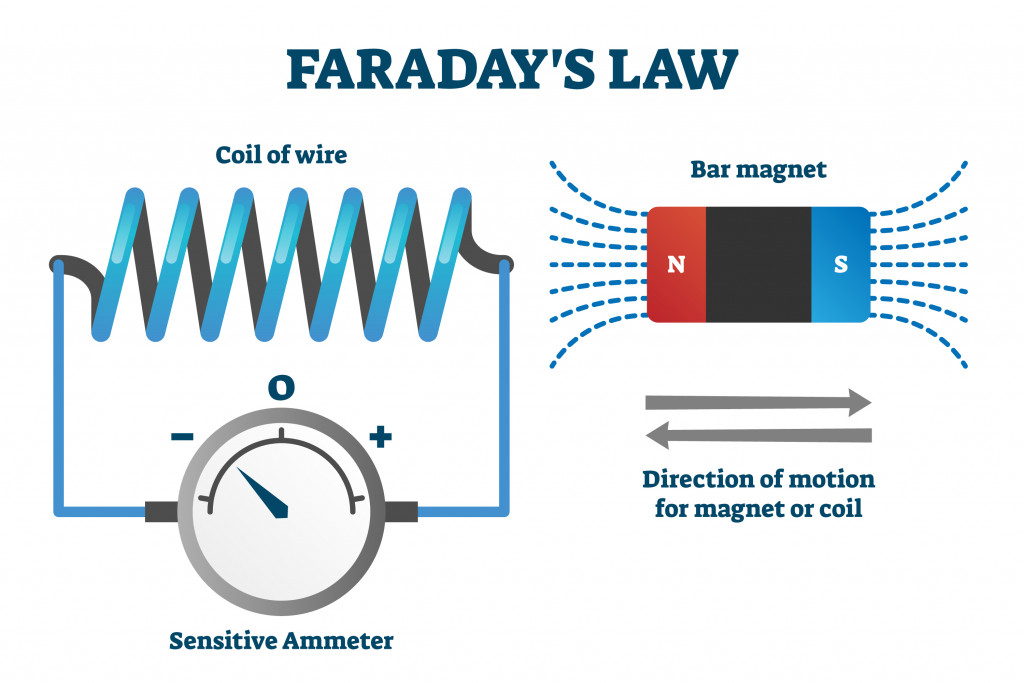
- A current-carrying wire produces a magnetic field around itself, with the field lines being closed circles.
- Ferromagnetism: Some elements are strongly attracted to external magnetic fields and get permanently magnetized when exposed to external magnetic fields. Such elements are called ferromagnets, and this phenomena is called ferromagnetism. Ferromagnets consist of thousands of microscopic regions of uniform magnetic fields called domains. Each domain’s field has a net magnitude and direction. If a sufficiently strong external magnetic field is applied, all the domains align themselves along the direction of the external magnetic field to reach the lowest energy state.
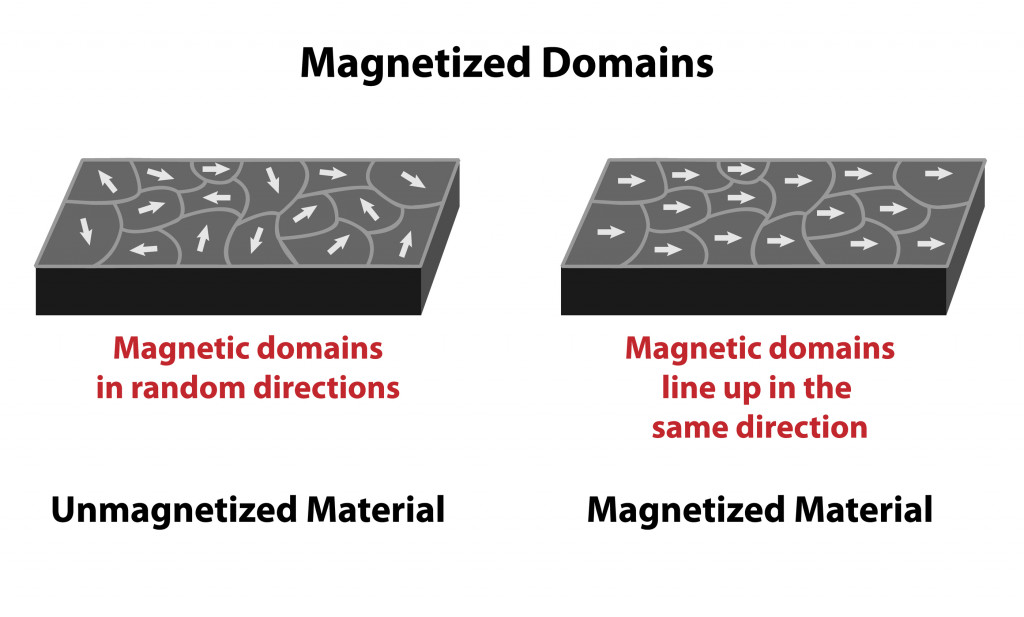
Applications Of Magnetic Tapes
1) Audio Recording
- The top coat (magnetic emulsion) of the tape is fed to the write-head. The wire wound around the write-head carries the electrical signature (current) of the sound to be recorded. The current-carrying wire induces a proportional magnetic field M.
- The ferromagnetic ring ensures that the field M permeates the region without attenuation. The slit at the bottom of the ring (facing the tape) ensures that the magnetic field lines fringe out into the tape and completely magnetize the tape below it.
- As the tape keeps moving, the tape guide on left side feeds the un-magnetized tape into the write-head and the magnetized part is received by the tape-guide on the right side.
The tape is now magnetized. The magnetization of the pigments is proportional to the external field M, which itself is a signature of the input current, which is a signature of the original input audio.
| Audio -> Electrical Signal (Current) -> Induced Magnetic Field M -> Magnetization of Tape |
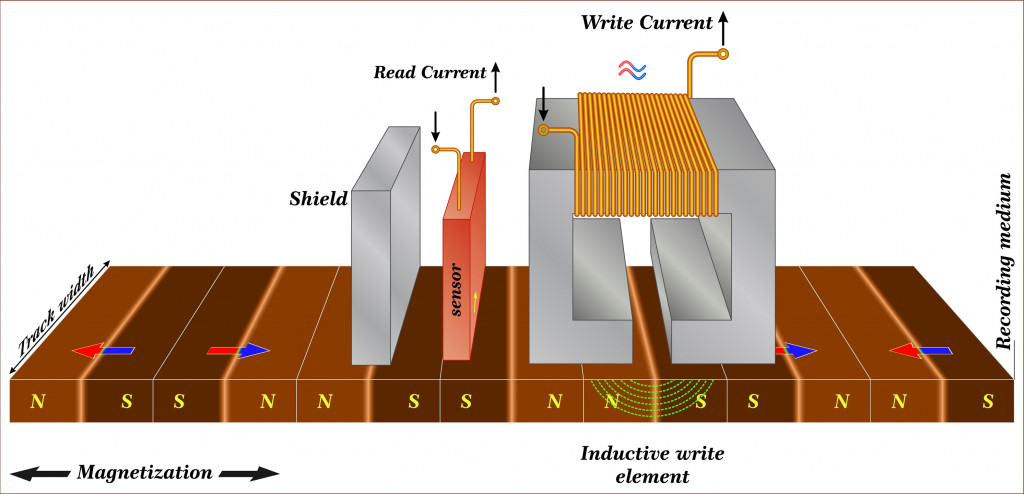
2) Audio Playback
Playback is the reverse of the recording process.
- The magnetized tape is fed into the read-head. The magnetic field of the tape pigments permeates the region and the ferromagnetic ring with a slit helps permeate the field without attenuation.
- A current is induced in the wire wound around the ring, which is proportional to the magnetization of tape.
- The wire is fed into a transducer, which converts the electrical signal into an audio signal.
- The tape keeps moving and the successive patterns of magnetization produce a corresponding audio output.
| Magnetized Tape -> Induced Current On Read-Head -> Audio Output |
3) Audio Deletion
The magnetized tape is fed into the erase-head, which applies a changing high-frequency and a high-amplitude current, inducing a proportional magnetic field in the head. This field is permeated the ferromagnetic ring into the tape, erasing the previous magnetization of the pigments.
The key word is changing. A changing current produces a changing magnetic field, which randomizes the previous magnetization of tape.
| Strong Changing Current -> Induced Magnetic Field -> Randomize Tape Magnetism |
All tape recorders follow this same basic principle. Having three heads is optional; the write-head can also function as the erase-head, but this removes the functionality of erasing and writing simultaneously (feed the tape into erase-head and then into the write-head)
Also Read: How Can A Magnet Be Demagnetized Quickly?
A Final Word
Even though flash drives have replaced magnetic tapes in most multimedia applications, magnetic tapes provide a durable and cheap backup option. Even today, magnetic tapes are being constantly improved because of the convenience of storing thousands of gigabytes of data in a small corner for decades, without any appreciable loss in quality. Thus, this technology, which has been around for over a hundred years, is primed to continue its streak!
How well do you understand the article above!

References (click to expand)
- Biskeborn, R. G., Czarnecki, W. S., Decad, G. M., Fontana, R. E., Iben, I. E., Liang, J., … Topuria, T. (2013, March 15). (Invited) Linear Magnetic Tape Heads and Contact Recording. ECS Transactions. The Electrochemical Society.
- 2.2.1.1.1 Components of magnetic tapes and their stability. The International Association of Sound and Audiovisual Archives
- Why the Future of Data Storage is (Still) Magnetic Tape. IEEE Spectrum
- ParaSampling - New Interfaces for Musical Expression. New Interfaces for Musical Expression
- Dwivedi, N., Yeo, R. J., Dhand, C., Risan, J., Nay, R., Tripathy, S., … Bhatia, C. S. (2019, January 4). Boosting contact sliding and wear protection via atomic intermixing and tailoring of nanoscale interfaces. Science Advances. American Association for the Advancement of Science (AAAS).
- Magnetic Tape Recording - Hyperphysics. Georgia State University
- 13: Electromagnetic Induction - Physics LibreTexts - phys.libretexts.org
- 36 Ferromagnetism - The Feynman Lectures - Caltech. The Feynman Lectures on Physics
